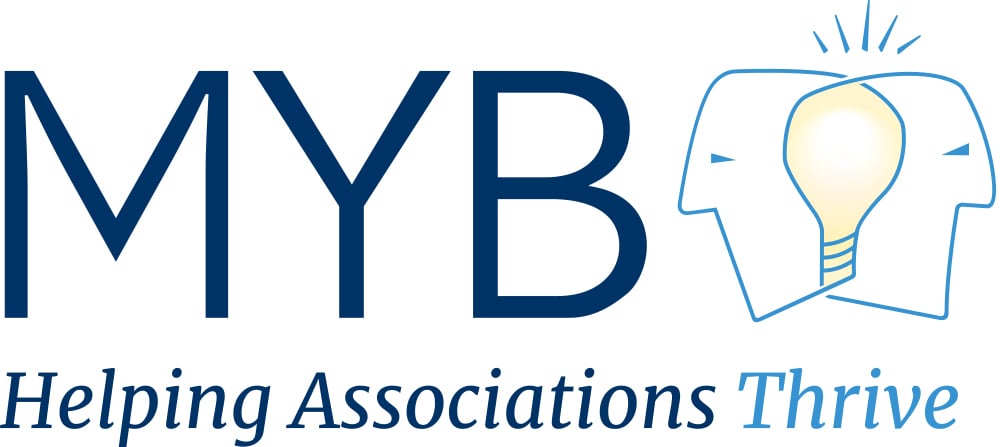Qualitative? Quantitative? What Kinds of Data Should You Gather?
by MYB, on November 21, 2019
There two main types of data you can collect to understand your members, attendees, and other customers. You can ask a sampling of them to complete a survey online and break down the responses percentage-wise. Or you can ask them questions face-to-face.

One method---quantitative---focuses on the aggregate numbers. The other---qualitative---emphasizes impressions and emotions. Both are valid. But which should you use, and when?
Think of quantitative data as a way to establish benchmarks for the kinds of questions you want to address at your association. For instance, if you want to understand what groups of people are---or aren’t---attending your annual conference---a survey can tell you how many people from each group attended, and what their general likes and dislikes are.
A survey can tell you what is happening.
But to understand the why behind it, a qualitative approach is in order.
“Qualitative data is where you get the nuance and the color of things,” says MYB Strategist Christina Shipman. “It helps you understand the underlying factors about why something's happening.”
Consider, she says, a post-meeting survey that suggests that, compared to other groups, first-time attendees attend more networking events than learning sessions. “Through the quantitative data, we can come up with trends between groups, and then develop hypotheses,” she says. “We might say that first-timers tend to be early career professionals and tend to do more networking. You can do a focus group of early-career professionals to understand why they don’t spend as much time going to sessions.”
We recently used a focus group to better understand engagement at one medical society’s annual conference. Gathering a group of members together taught us things that a survey would have a hard time capturing: feelings about how well the conference served attendees at different career levels, the quality of material presented, and the available networking opportunities.
But a focus group is not the only qualitative tactic you can use. Shipman points out two other methods for collecting qualitative data.
Want a deeper dive into how a member of one group perceives your association? Consider one-on-one interviews with representative members.
Need immediate, quick-hit feedback about your conference? Try intercept interviews where you talk to attendees on-site. (We used intercept interviews to help the medical society understand how attendees were using the on-site meeting app and how exhibitors felt about foot traffic.)
Regardless of what data-gathering tools you use, it’s important to recognize that qualitative and quantitative research have a symbiotic relationship. Insights from qualitative interviews can help you craft better questions for your next quantitative survey. As Shipman explains: “Once you know all the reasons why people might prioritize networking as opposed to going to sessions, you can start to pull out trends in those data and ask about them.”

